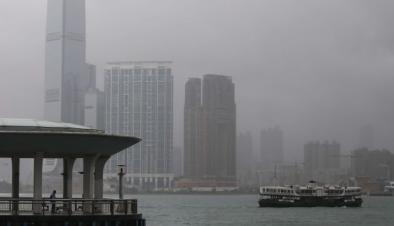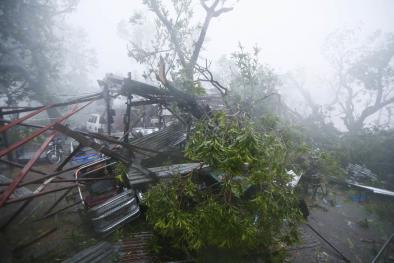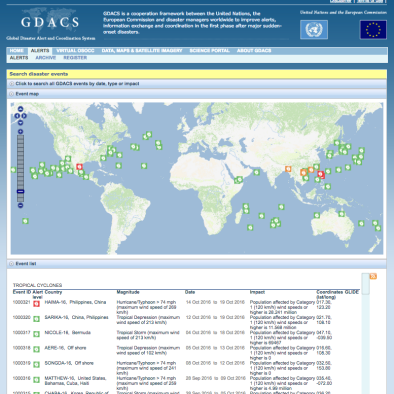Science Source
Intensification of landfalling typhoons over the northwest Pacific since the late 1970s
- States that intensity changes in landfalling typhoons are of great concern to East and Southeast Asian countries
- States inconsistencies among different data sets have challenged the scientific understanding of regional changes in typhoon intensity
- Applies a cluster analysis to bias-corrected data and show that, over the past 37 years, typhoons that strike East and Southeast Asia have intensified by 12–15%, with the proportion of storms of categories 4 and 5 having doubled or even tripled
- Finds, in contrast, that typhoons staying over the open ocean have experienced only modest changes
- Finds that the increased intensity of landfalling typhoons is due to strengthened intensification rates, which in turn are tied to locally enhanced ocean surface warming on the rim of East and Southeast Asia
- The projected ocean surface warming pattern under increasing greenhouse gas forcing suggests that typhoons striking eastern mainland China, Taiwan, Korea and Japan will intensify further
- States that given disproportionate damages by intense typhoons this represents a heightened threat to people and properties in the region
Related Content
Headline

Oct 20, 2016 | South China Morning Post
Typhoon Haima takes direct aim at Hong Kong; Signal No 8 to be raised on Friday
Headline

Oct 20, 2016 | Washington Post
Haima was the Philippines’s second typhoon in a week, and it left a trail of destruction
Headline

Oct 20, 2016 | Washington Post via Associated Press
Typhoon Haima leaves at least 7 dead in northern Philippines
Real Time Data

Oct 19, 2016 | Global Disaster Alert and Coordination System
GDACS Tropical Cyclones


